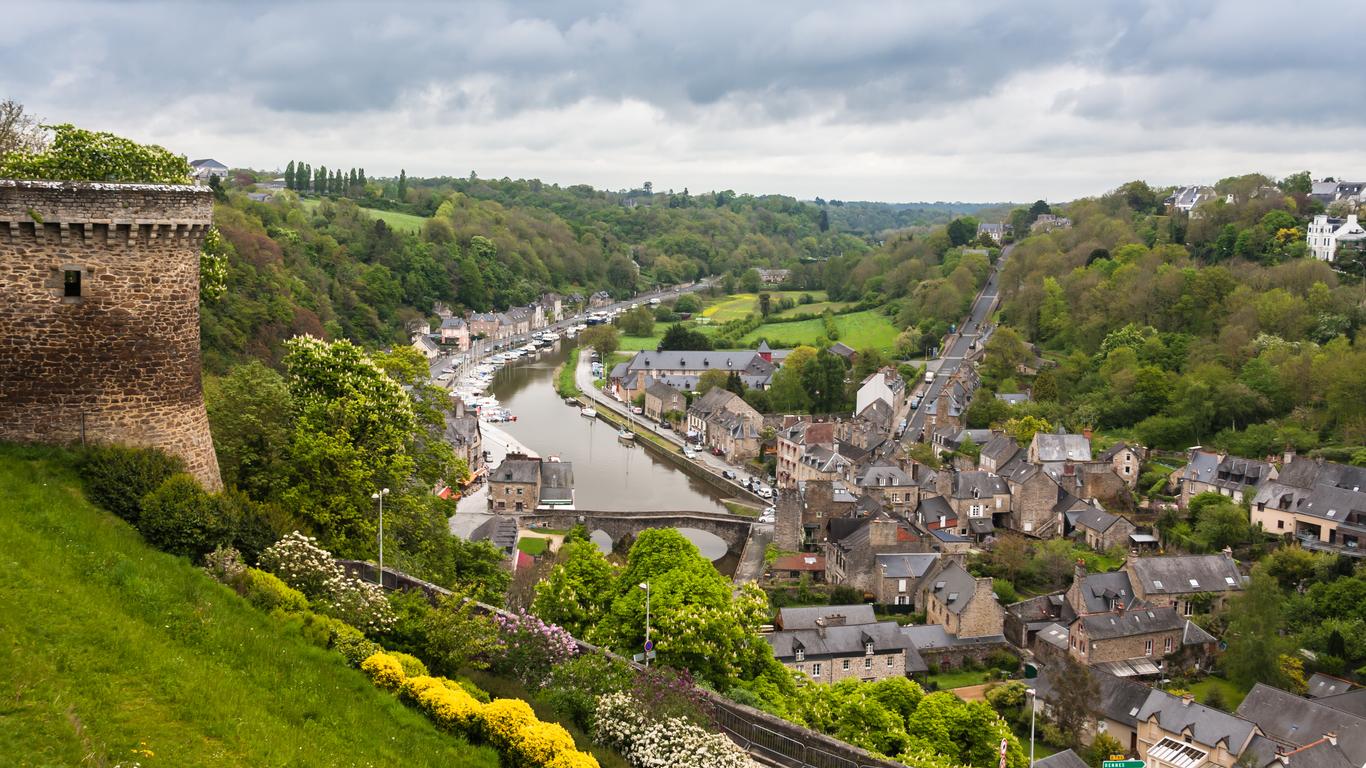1. Home Of The Grand Dukes
An impressive Neoclassical structure dating back to 1364, the Palais des Ducs et des États de Bourgogne, which houses Dijon's town hall and the Musée des Beaux-Arts, once served as the home of the Grand Dukes of the West. Although not all rooms are open to the public, the Tour de Philippe le Bon offers breathtaking views of the Dijon valley and the Saone river, as well as the surrounding hills and vineyards. Visitors can also enjoy the 170 foot Tour de Bar and the palace kitchen, which maintains its magnificent fiINSERT IGNOREs.
2. Lessons In Art History
Located within the Palais des Ducs, the Musée des Beaux-Arts, which houses the carved tombs of dukes John the Fearless and Philip the Bold, was founded in 1787. The museum features an extensive collection of Egyptian, Medieval and Renaissance art, including masterworks by Lotto, Manet, Monet, Matisse and Rodin, as well as modern animal sculptures by François Pompon and mid-century works from the school of Paris by Charles Lapicque, Vieira da Silva and Nicolas de Staël. The gallery also showcases Islamic ceramics and glasses, Oriental weapons and caskets, African ivories and masks, Asian porcelain and Tibetan and Indian sculptures.
3. 13Th Century Sanctuary
Begun in 1230, the Église Notre Dame of Dijon, a Roman Catholic Church regarded as a masterpiece of Gothic architecture, is located in the heart of the city near the Palais des Ducs. The church boasts a statue of Notre-Dame de Bon-Espoir, also known as the Black Madonna, who is said to have protected the citizens of Dijon from foreign invaders. Other features include the chapel of the Assumption, the sacristy, and the gallery, which contains five original 13th century stained-glass windows, representing the lives of Saint Peter and Saint Andrew.
4. Life In Old Burgundy
Set in a Cistercian convent dating back to the 17th century, the Musée de la Vie Bourguignonne is an ethnological museum that hosts a collection curated by Perrin de Puycousin. Among the items featured are furniture, utensils, costumes and artifacts from 19th century Burgundy. The top floor of the gallery showcases a reproduction of a Dijon street, while the first floor recreates a number of classic city shops, including a pharmacy, a greengrocer, a furrier, a toy shop, a hat-maker and a clockmaker, among others.
5. Reimagined Classic Cuisine
One of Dijon's most treasured buildings, the Maison des Cariatides, which dates back to the 17th century, now houses one of the city's finest restaurants. Headed by chef Chef Thomas Collomb, who was trained by René Villard at the Château de Bourgogne, the eatery serves modern cuisine with a traditional touch. Highlights include the tuna loin with quinoa and peppers, the farm-raised pork loin with aubergine pulp, confit of girolle mushrooms and tomatoes, and the chocolat Manjari with a fleur de sel and Madagascan vanilla-flavored sablé biscuit.

